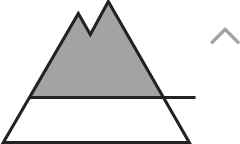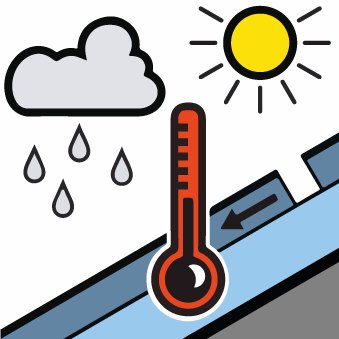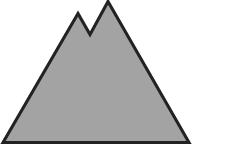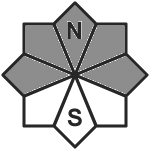
Danger level
 | 1600m |
|  |
|  |

In Allgau, likelihood of wet-snow avalanches triggering in late afternoon will increase, due to rainfall
Avalanche danger above 1600m is moderate, below that altitude danger ris low. Main problem: wet snow. Wet glide-snow avalanches are possible at any time on grass-covered slopes, in sparsely wooded zones and over smooth rock places. In addition, naturally triggered wet loose-snow avalanches are possible on extremely steep slopes which have not yet discharged. At high altitudes there is still sufficient snow for avalanches to grow to medium size.
Snowpack
The snowpack on shady slopes is thoroughly wet up to high altitudes. A thin melt-freeze crust can form during the nighttime hours, but softens swiftly during the morning. On south-facing slopes up to high altitudes, hardly any snow on the ground. On shady slopes, there is snow on the ground above 1400m.
Tendency
Little change anticipated




